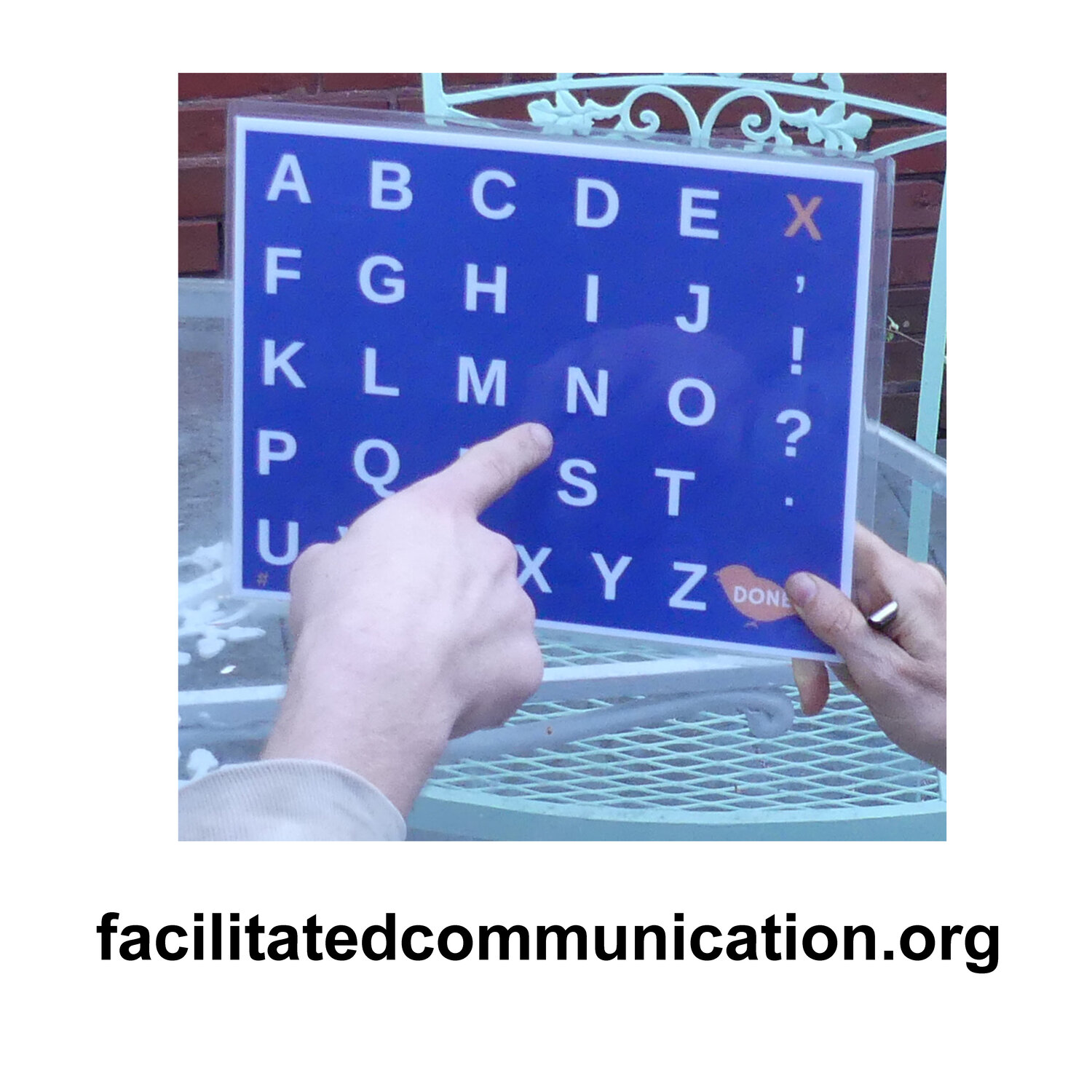Autism is a World is a world
I finally had a chance to watch this pro-FC movie, directed by Gerardine Wurzburg (who also directed the pro-FC film Wretches and Jabberers), and co-produced (with CNN) by Douglas Biklen (who introduced facilitated communication to the U.S. in the late 1980s). Autism is a World purports to be a documentary about Sue Rubin, a non-speaking autistic woman who allegedly communicates through FC. In the world of non-speaking autism, Rubin has become a major figure.
As for Autism is a World, it is…
A world in which there’s never been any controversy about facilitated communication and in which FC is just another form of AAC (Alternative and Augmentative Communication).
A world in which someone with a rare chromosome disorder is portrayed as simply autistic—despite her having autistic features that are arguably mild compared to other features associated with her disorder. [1]
A world in which a series of nonsense letter sequences starting with “s”, sometimes followed by “p”, are eventually interpreted as attempts to spell “spinach”—which, once this is determined, is suddenly spelled out correctly.
A world in which the subsequent spelling of “kale” is seen by the mother, not as grounds for skepticism, but as a sign of a miraculous breakthrough. [2]
A world in which veteran autism neurologist Margaret Bauman chooses to revise her assumptions about autism rather than to question what she thinks she’s seeing through her naked eyes. [3]
A world in which typing can cause one’s mind to “wake up”—in Sue Rubin’s case, more than quadrupling her IQ. [4]
A world in which there’s an “autistic part” of the brain that sometimes “takes over.”
A world in which autism and “retardation” (the word “retarded” is used repeatedly) are characterized as one’s “worst nightmare” and “worst enemy”; where one must “fight” one’s “awful autism” and “killer autism behaviors.”
A world, in short, in which FC is the antidote for an otherwise unbearable reality.
1. The disorder in question, 2q37 deletion syndrome, does include autistic traits; it also includes unusual skeletal features and developmental delays. In Sue Rubin’s case, eye contact and social referencing, which in non-verbal autism are often minimal, appear to be relatively unimpaired; in contrast, her physical differences are quite salient.
2. As the mother puts it, “I have no idea where that came from because I never buy kale, I don’t like kale, I don’t make kale, I’ve never had kale; but anyway, she typed ‘kale’.”
3. Even though what we all see through our naked eyes is an index finger that often wanders around the keyboard, a facilitator who often shifts the keyboard so that the target letter approaches the finger tip and then touches it, and a keyboard that is often whisked away as soon as the message is deemed by the facilitator to have been completed.
4. After she starts using FC at the age of 13, Rubin’s IQ leaps from 29 to 133.

